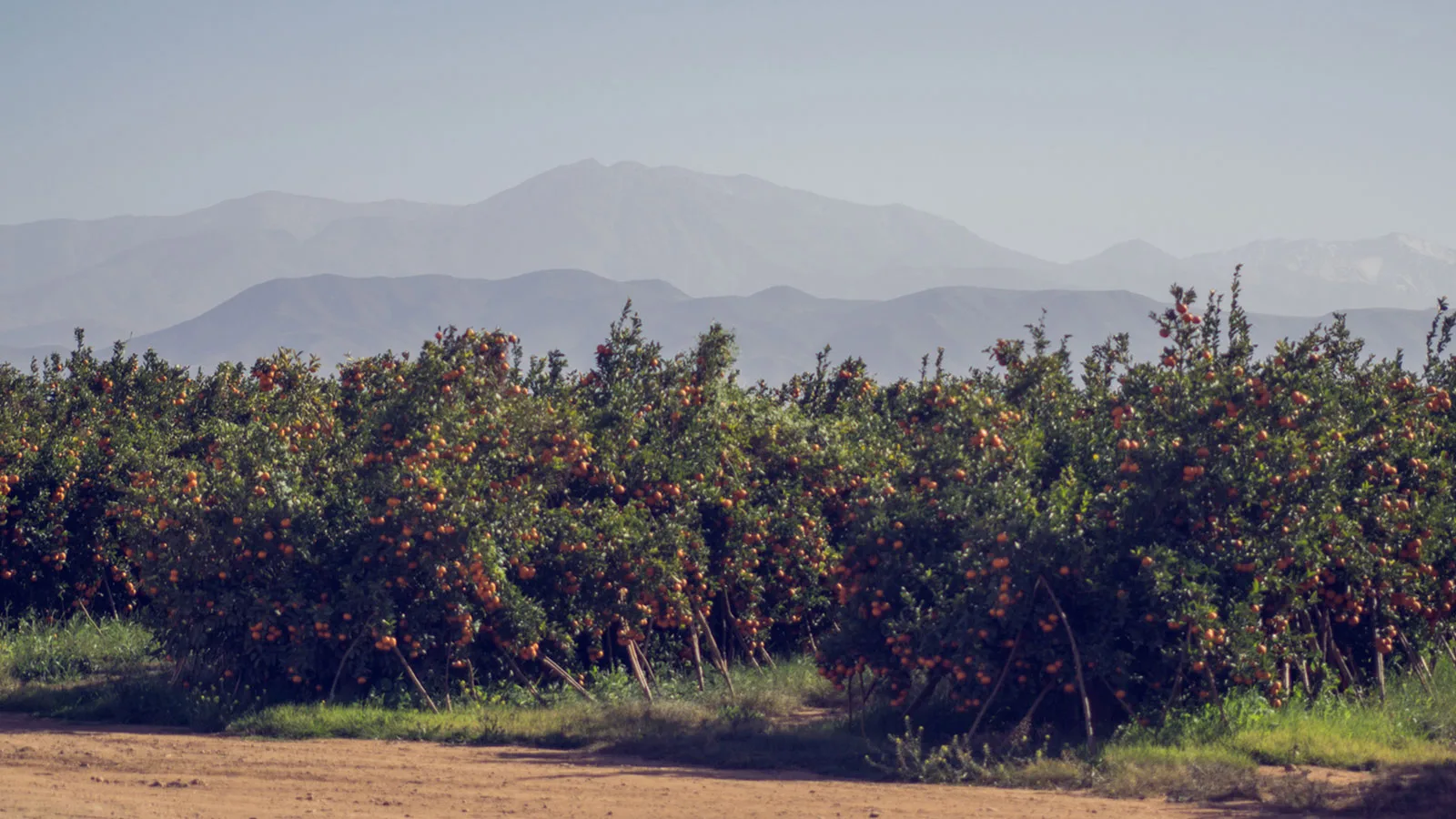This impact story is part of a series featuring companies that are members of One Planet Business for Biodiversity (OP2B)/WBCSD. Through these stories, we aim to showcase our members’ commitment to driving the transition to regenerative agricultural practices, the impact on farmers, and the role OP2B plays in supporting this transformation.
Mirova, a French impact investment firm, is channeling capital into regenerative agriculture to restore ecosystems and support rural livelihoods. With over a decade of experience in nature-based solutions, Mirova has developed a global portfolio focusing on projects that align environmental restoration with social impact. In a recent conversation with Gautier Queru, Head of Natural Capital, we discussed how the firm structures its investments, lessons from working in developing regions, and the role of collaboration in scaling regenerative practices.
Natural capital as infrastructure
Founded in 2014 as an affiliate of Natixis Investment Managers, Mirova manages over €30 billion in assets, with a mission to generate positive environmental and social impact through innovative investment strategies. Its entry into regenerative agriculture began in 2015, after winning a UN-backed tender focused on land degradation neutrality.
It was initially a challenge, but we quickly realised it was an investment opportunity – similar to renewable infrastructure, but for natural systems. Mirova treats regenerative agriculture as a form of natural capital infrastructure – that is, restoring and managing ecosystems like soils, forests, and watersheds as productive assets. These natural systems generate long-term ecosystem services such as carbon sequestration, water retention, and soil fertility – services essential to resilient food systems.
– Gautier Queru
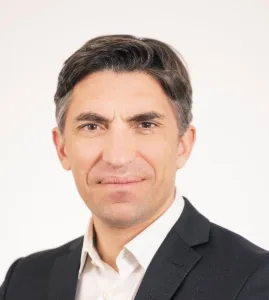
This perspective has enabled the firm to attract both public and private capital, structuring investments over 10–15 years to match ecological cycles and reduce pressure on short-term returns. The investment case lies not only in the ecological impact, but also in the ability of these projects to generate stable, long-term value.
“Twenty years ago, wind energy was not proven. Now, it’s mainstream,” Queru notes. “Regenerative agriculture could follow a similar path, but we still need public capital to de-risk early-stage projects.”
Where natural capital meets impact
Today, Mirova finances a portfolio of twelve regenerative agriculture projects across Latin America, Africa, and Asia. These initiatives focus on crops like cocoa, coffee, nuts, and botanical ingredients, spanning several hundred thousand hectares. Each project aims to deliver measurable environmental and social benefits.
One key initiative is underway near Marrakech, Morocco, where Mirova partners with local SME Atlas Fruits to convert conventional citrus orchards to organic and regenerative practices. The region faces acute water stress, so the project introduces agroecological practices like drip irrigation, agroforestry, intercropping, and cover cropping to conserve water, boost biodiversity, and restore soil health. Many of the orchards are being transitioned away from chemical inputs, and degraded soils are gradually returning to life as carbon-rich ecosystems.
Developed in collaboration with Morocco’s national agricultural research institute (INRA), this project integrates real-time data collection and adaptive management. By 2033, it aims to cover over 1,000 hectares, sequester 100,000 tonnes of CO₂, and create more than 1,000 jobs – including 300 in post-harvest processing – with a strong emphasis on gender-inclusive hiring.
Early signs are promising: pilot plots show better soil structure, more vegetation, and improved water retention. Biodiversity baselines have also been established, and Mirova plans to track pollinator activity and below-ground biomass to monitor ecosystem health.
Mirova’s project selection filters for impact integrity, ensuring no deforestation, fair labor, and biodiversity restoration, along with economic robustness – including cost per hectare, scalability, and market access. To monitor progress, Mirova combines field visits and ESG reporting with satellite-based metrics to track land cover, productivity, and soil carbon with increasing precision. Still, local knowledge and community engagement remain vital to success.
A strong focus is placed on inclusive models, especially for smallholders and women. Gautier Queru explains: “In many contexts, women are the best stewards of land but face systemic barriers – no land rights, no training, no finance. We tackle that with targeted support, not just financing.” Research shows that women reinvest more of their income in their families and communities, making their empowerment a smart investment in resilience and long-term impact.
Yet implementation remains complex, requiring the integration of agronomic expertise, logistics, commercialization, and long-term community dialogue. Most operators need time, support, and adaptive strategies to succeed.
Building collective impact through OP2B
Mirova joined the OP2B coalition nearly four years ago, seeing it as a key platform for aligning with industrial and financial peers. “OP2B has helped define what regenerative agriculture means – not just environmentally, but socially as well,” says Gautier Queru. Mirova contributes by bringing on-the-ground insights and investor perspectives, enriching the coalition’s work. “It’s one of the few places where actors from different parts of the value chain co-create tools, metrics, and roadmaps. That kind of trust-based collaboration is rare,” Queru adds. This collaboration is essential for Mirova, providing the insights and alignment needed to shape impactful regenerative agriculture strategies.
Regenerative agriculture is a critical solution to transform the way we produce food, feed and fiber, benefiting the climate, nature and people. Over the next years, the OP2B coalition will focus on unlocking three strategic key levers to scale up regenerative agriculture: harmonizing measurement, fostering collaborations to support farmers’ transition, advocating for supportive policies to create an enabling environment.
Outline
Related
Content
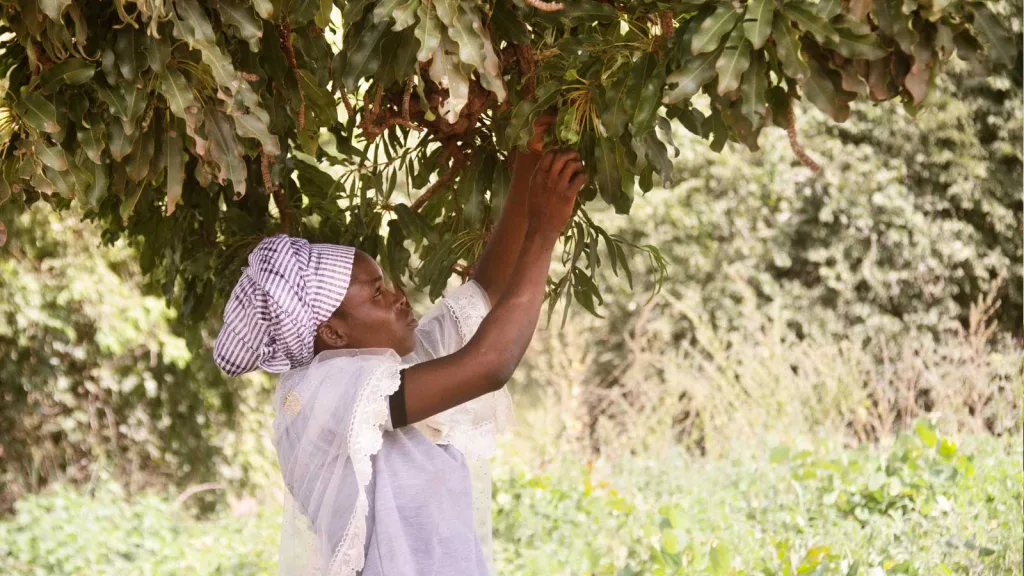
Beauty meets biodiversity: how L’OCCITANE Group empowers farmers to act as nature stewards
2 June, 2025
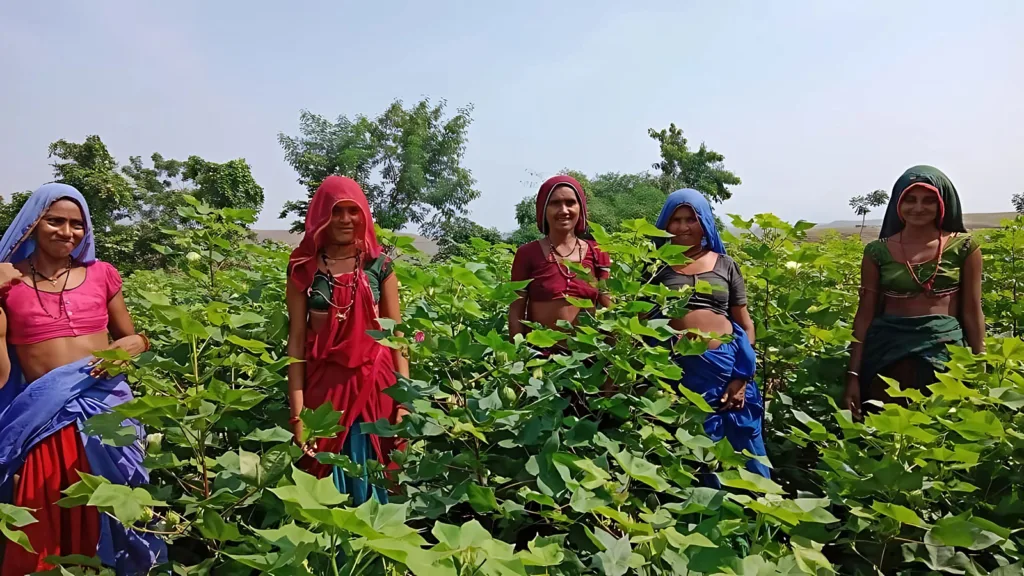
Field to fashion: Inditex’s India project and the future of sustainable supply chains
14 April, 2025
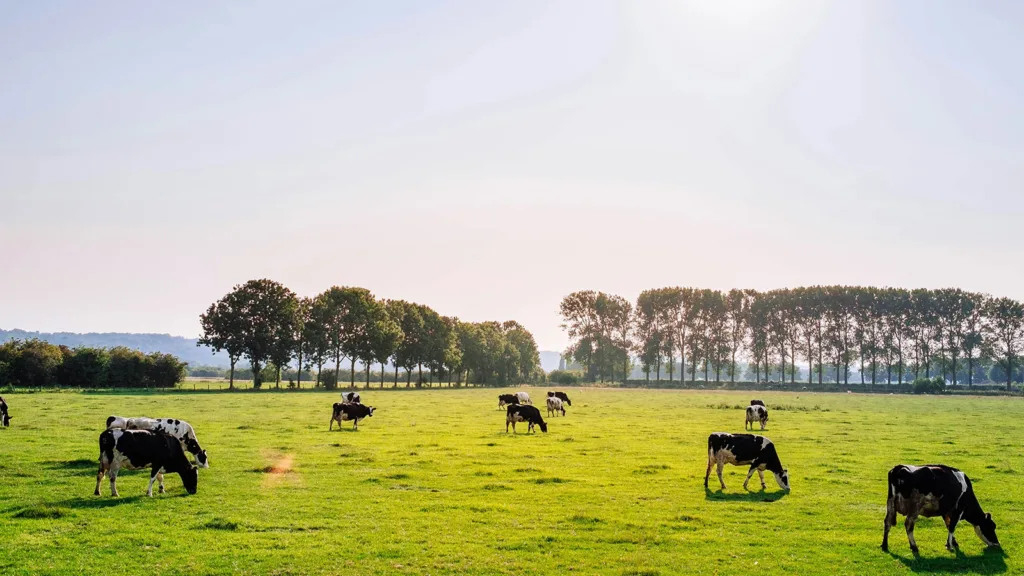
More than Milk: How Arla is Supporting a Regenerative Dairy Revolution
24 March, 2025
